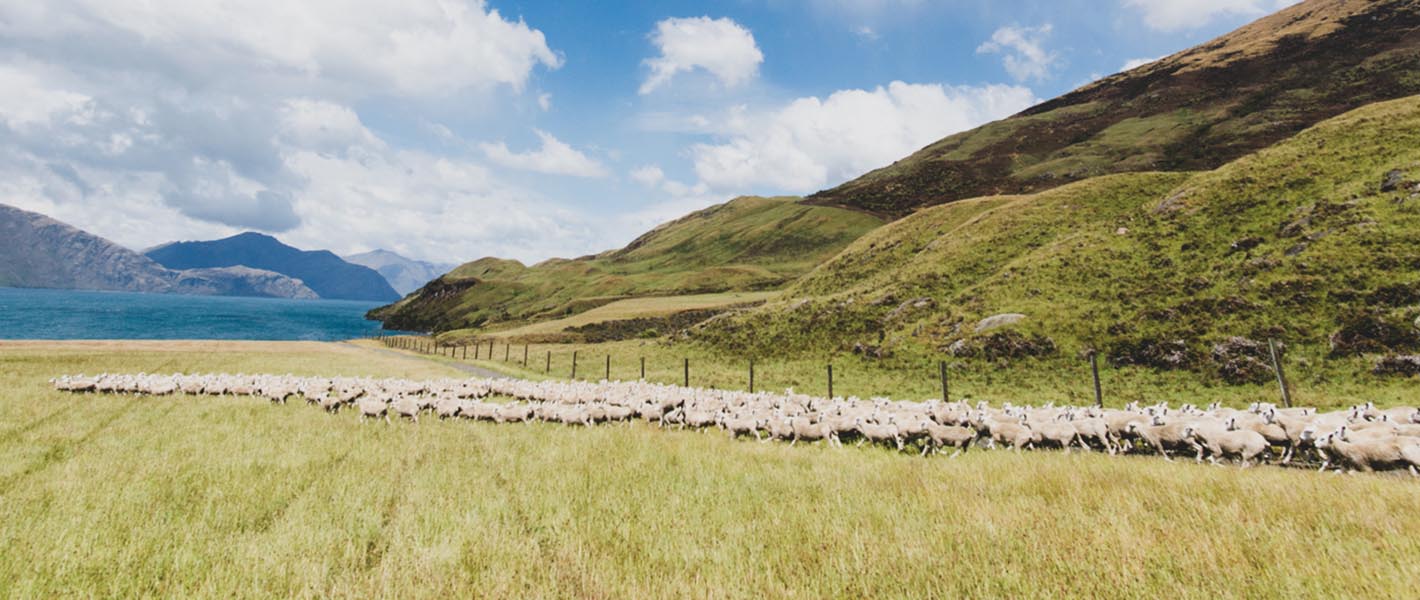Freshwater Farm Plans Update
in Sustainability Assurance
Author: Simon Love
4688
The Latest on Freshwater Farm Plans
There seems to be a proliferation of acronyms lately, and the primary sector isn’t immune. Even in the narrow field of on-farm environmental improvement, we have LEPs, FEPs, FW-FPs, EMSs, and many more.
Let’s take a look at one of the most recent, and most misunderstood, additions: FW-FPs (freshwater farm plans) and how they might affect you.
What’s a Freshwater Farm Plan?
In 2019, the government released a package of work to improve the health of our waterways called ‘Essential Freshwater’. Alongside a National Policy Statement and Environmental Standards relating to freshwater, freshwater farm plans have been established as a new legal instrument under the resource management act.
The purpose of a FW-FP is to better control the adverse effects of farming on freshwater and freshwater ecosystems. A FW-FP considers each farm’s unique location and practices, and also reflects the unique catchment values and context.
Under the new addition to the RMA, a FW-FP must do the following:
- Identify any adverse effects of farm activities on freshwater
- Specify actions to mitigate these adverse effects
- Demonstrate how any other outcomes prescribed in regulations are to be achieved
- Meet any other local or national regulatory requirements
FEP vs FW-FP
Farm environment plans (FEPs) describe the activities and risks related to the farm environment and contain actions to mitigate those risks. This can relate to any kind of environmental effects. FEPs have been used for a few years now, and some councils require these as part of the resource consent process.
Freshwater farm plans (FW-FPs) are similar but restricted to covering activities that could have an impact on our streams, rivers and lakes. FW-FPs will soon be required on most farms, and that’s why it’s essential to understand what’s coming.
Who needs a FW-FP?
Freshwater farm plans will be mandatory for all farms with 20 hectares or more in arable or pastoral use, or 5 hectares or more in horticultural land use.
Certifiers vs Auditors
Under the proposed rules, two key people (in addition to the farmer) are needed for a FW-FP:
- The certifier. This person is likely an experienced ag consultant, with knowledge of the good farming practice. The role of the certifier is to help identify risks on the farm, then develop, sign off and submit a plan that is fit for purpose and will improve freshwater outcomes.
- The auditor. This person may have less farming consultancy experience but is an independent and experienced auditor. The role of the auditor is to ensure that the actions outlined in the FW-FP are being taken.
Behind these two roles will be a system managed by the government to ensure that both certifiers and auditors are competent, impartial and professional. Certified and audited FW-FPs will likely be reviewed on a three-yearly cycle.
How do FW-FPs fit in with existing programmes?
It’s expected that there will be some mutual recognition of existing industry assurance programmes, provided these programmes can demonstrate similar processes in place to the FW-FP system. How this will look is yet to be seen.
Another programme underway is He Waka Eke Noa, the primary sector workstream on carbon, which will require all farmers to report their greenhouse gas emissions by the end of 2025. Interestingly, the farm size threshold for this programme is different, at 80 hectares. Whether or not this programme will require independent audits, and/or can be combined with the FW-FP process, is yet to be seen.
When is this all happening?
Not all parts of this system have been solidified yet. In July 2021, the Ministry for the Environment released a discussion document for the proposed FW-FP system and invited feedback. Submissions have now closed, and the regulations will be released in early 2022.
A phased introduction of FW-FPs will begin in mid-2022 and will be fully in place nationally in 2025.
What are the challenges?
There are a few key challenges to rolling out this system, including:
- A lack of qualified and experienced professionals to be certifiers and auditors,
- Alignment with other audit programmes,
- Informing farmers of what they need to do and by when,
- Development of a system to manage all of the data generated through FW-FPs,
- Managing privacy concerns with FW-FPs being stored by regional councils,
- Ensuring impartiality amongst certifiers and high quality farm plans,
- Ensuring enforcement processes and fees result in a fair system that meets the goals.
What’s next?
The updated and finalised regulations will likely kick off a flurry of activity within some regions and catchments. Initially, FW-FPs will not be mandatory, but by 2025 all farms above the size thresholds will be required to have a certified and audited FW-FP.
There is a long way to go until we have the people and systems to fully implement FW-FPs across Aotearoa’s 35,000-odd farms. However, it should result in improved water quality across the country. AsureQuality is looking forward to being involved and ensuring the audit process is simple, streamlined and robust.
